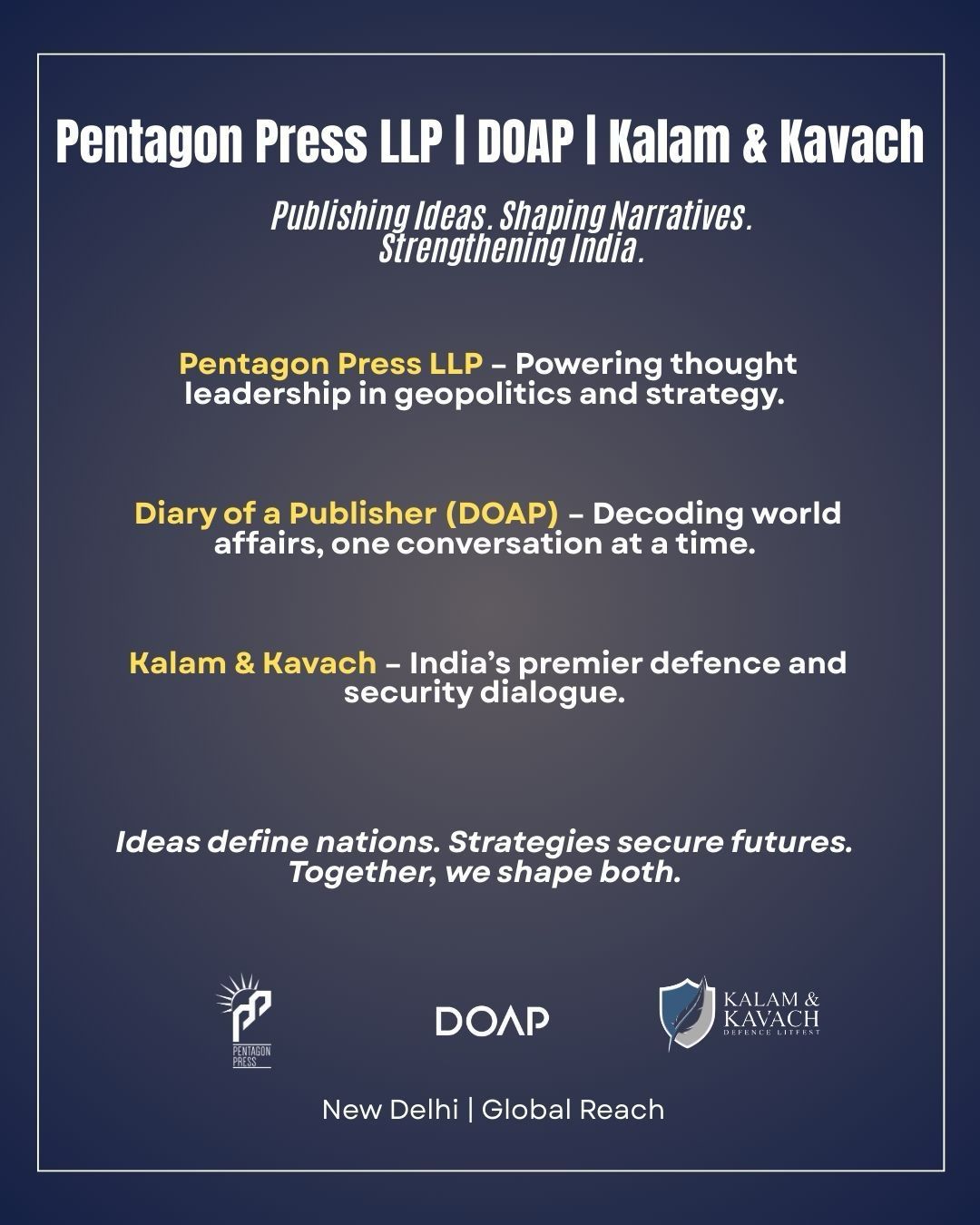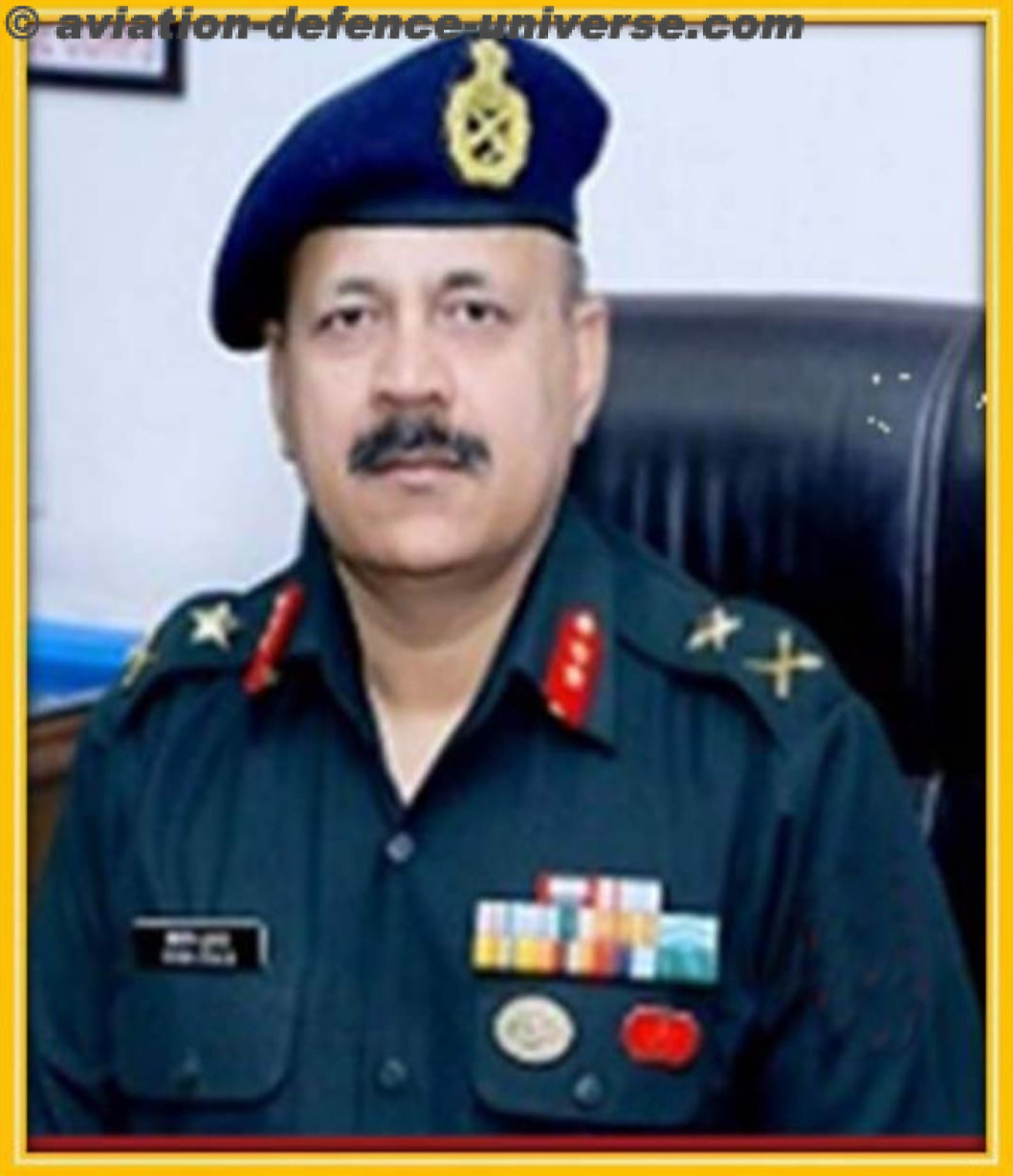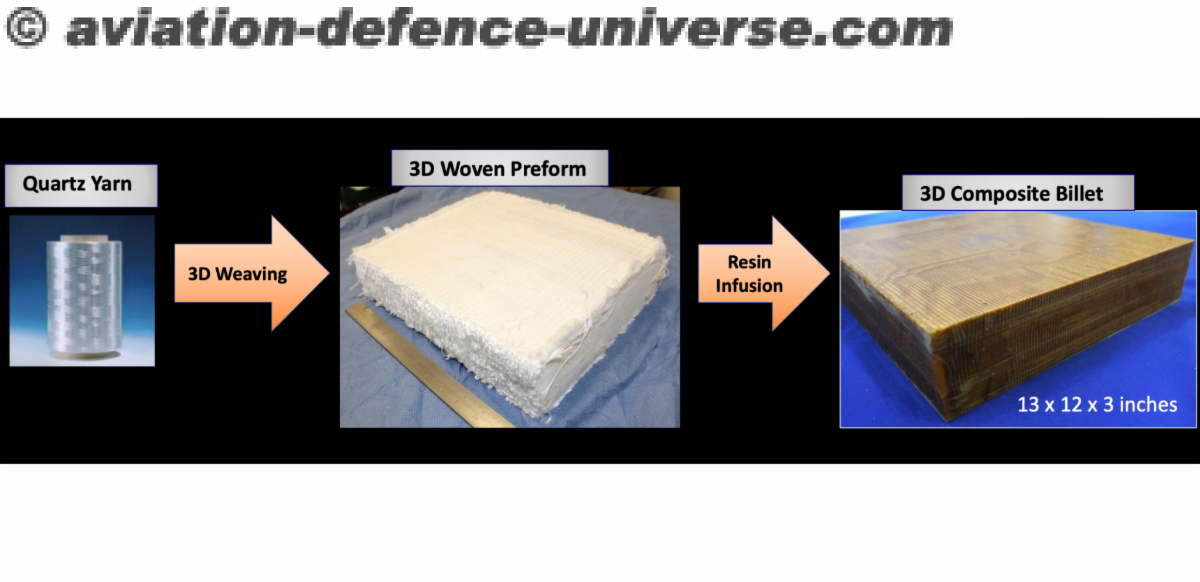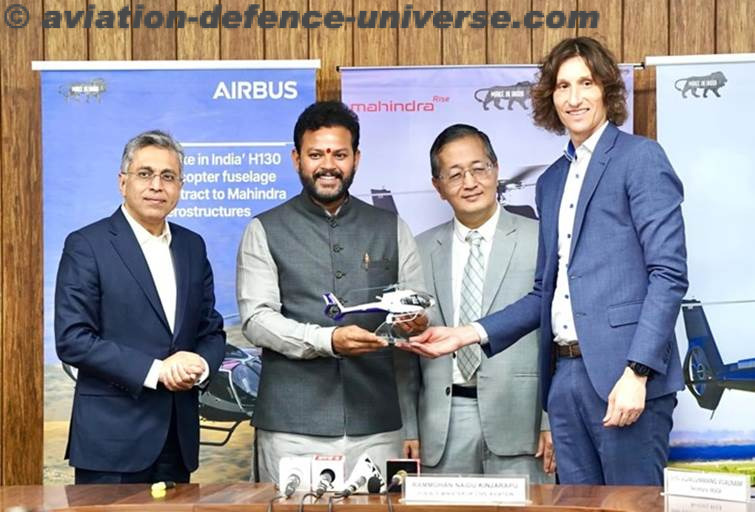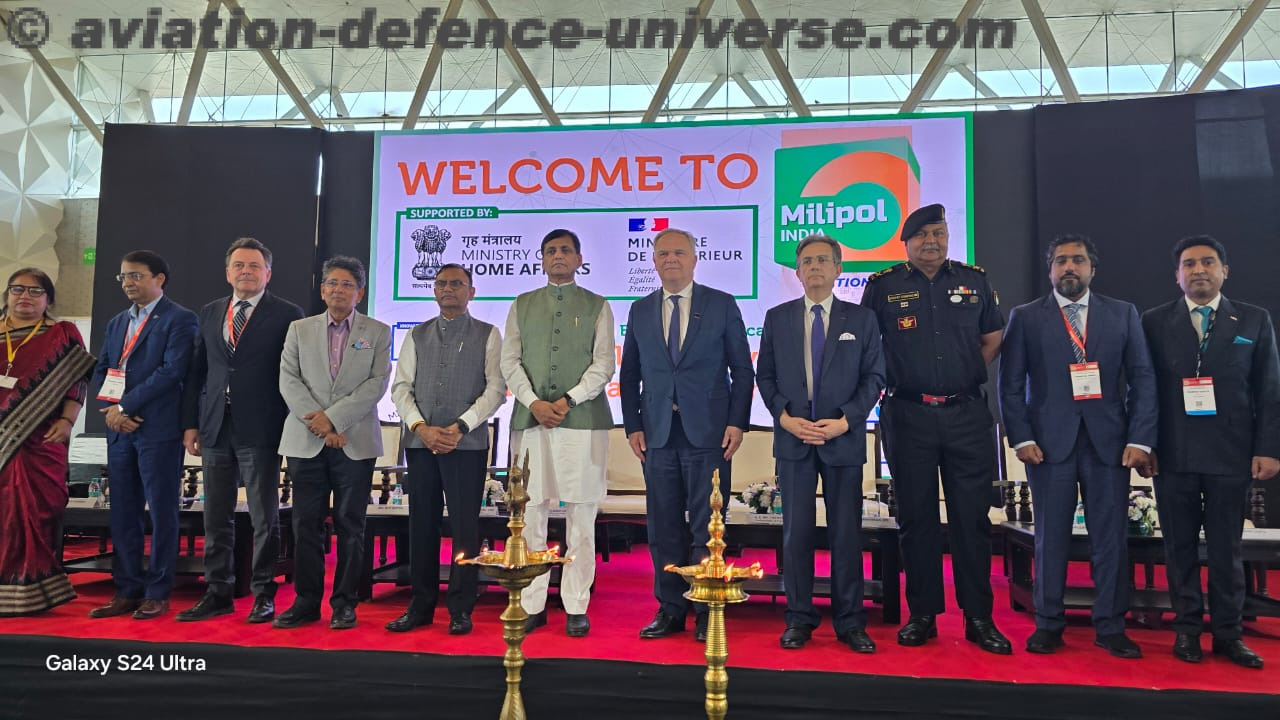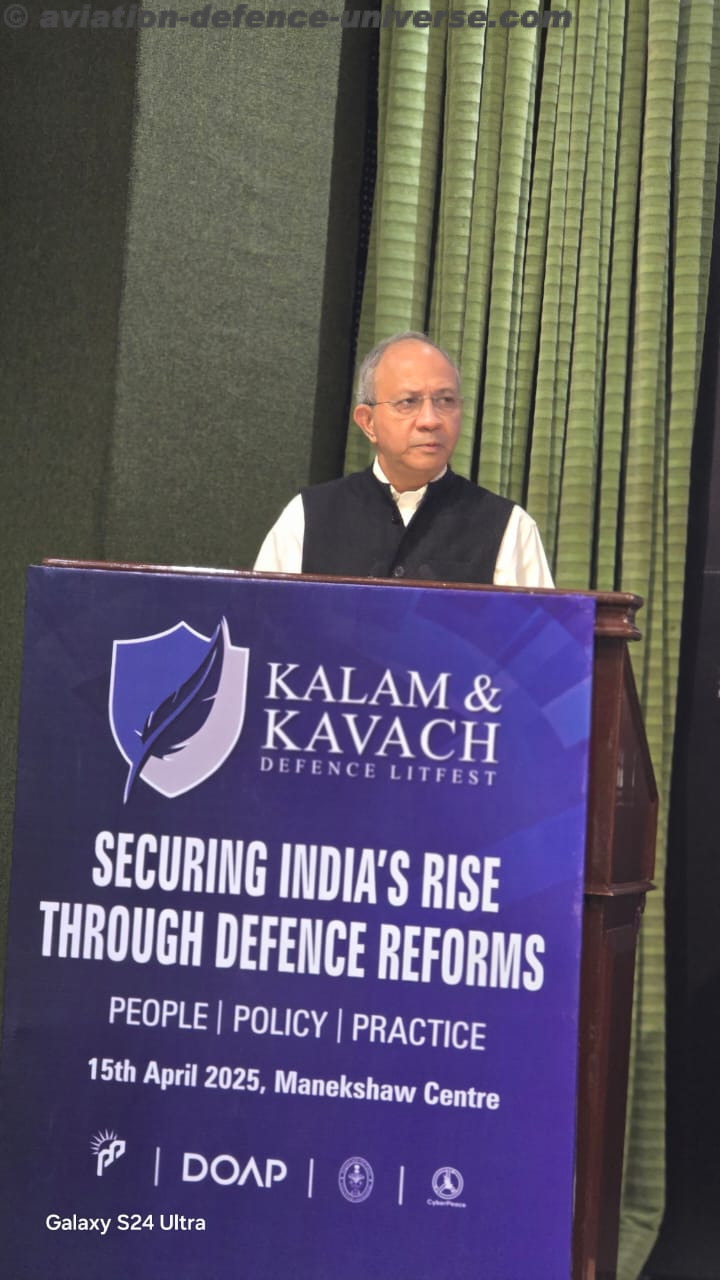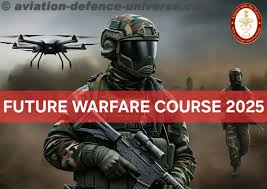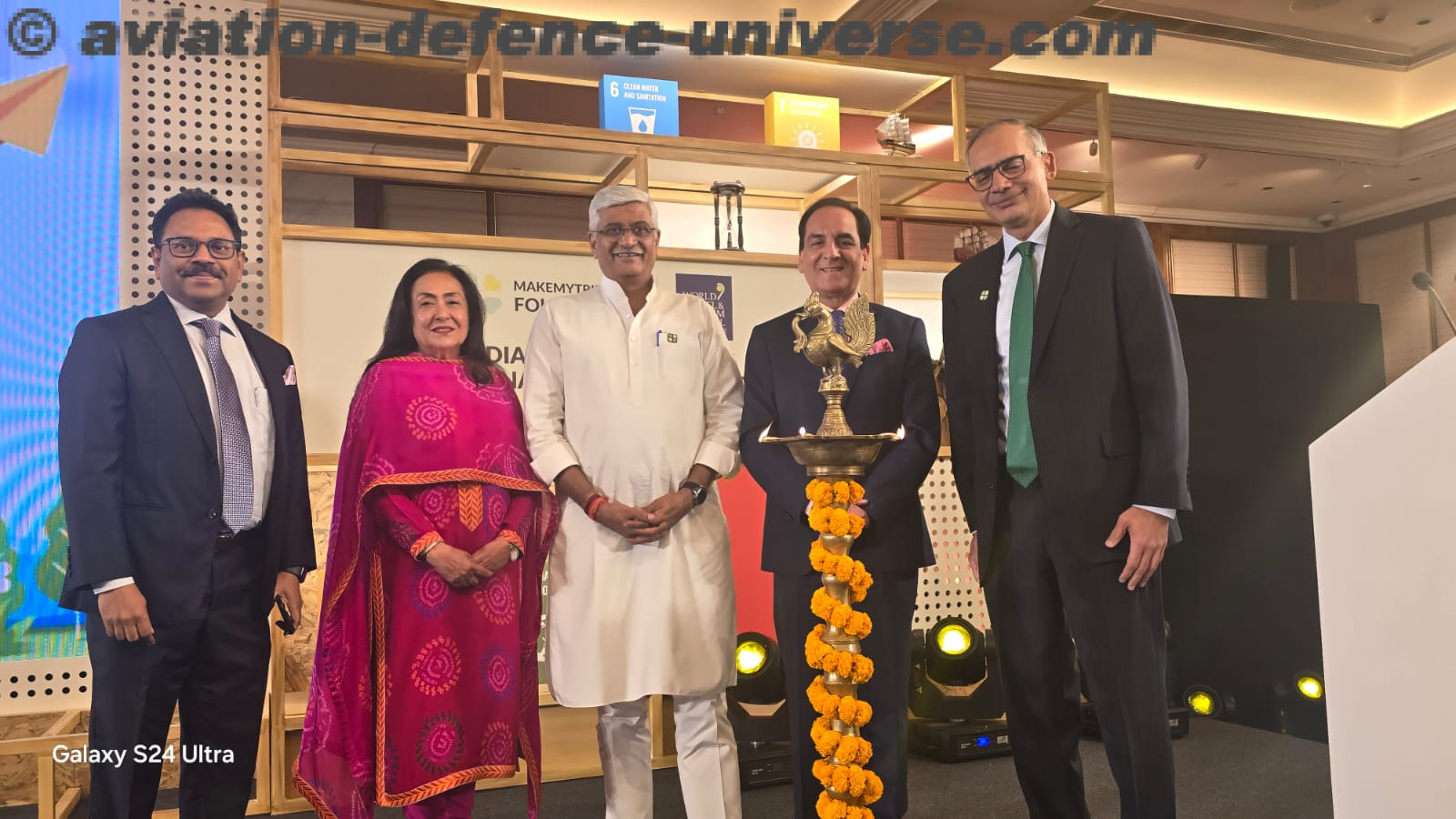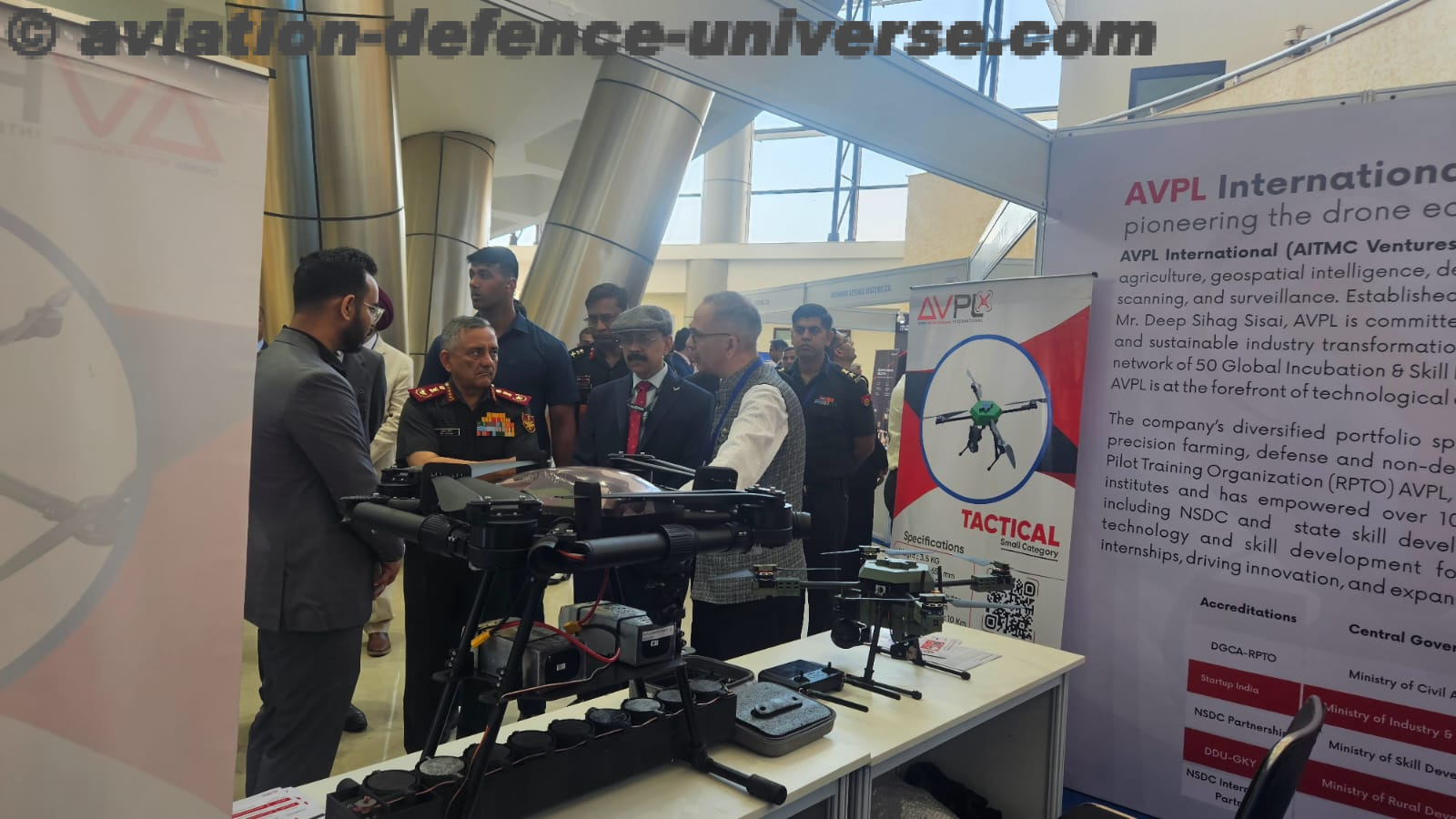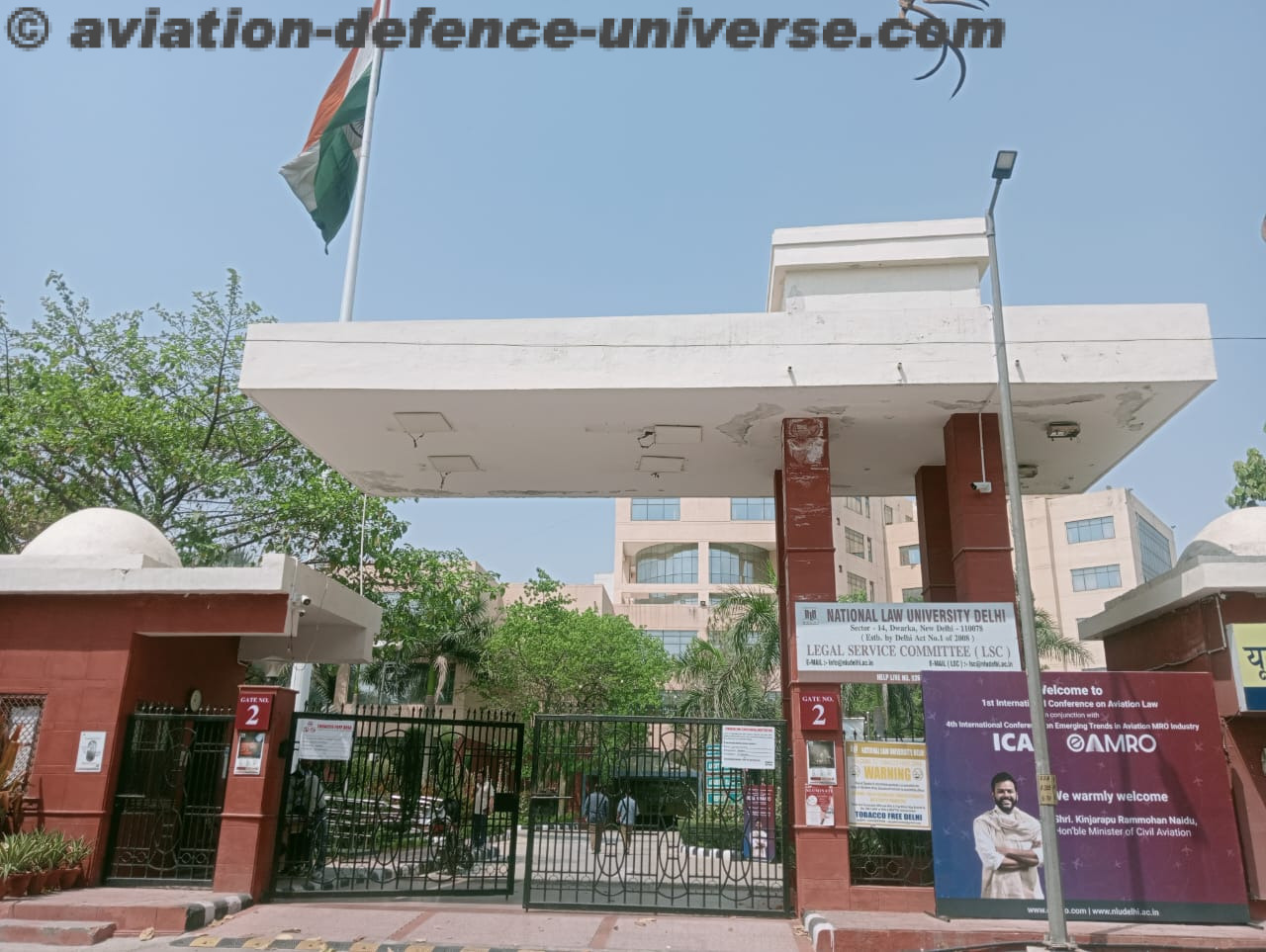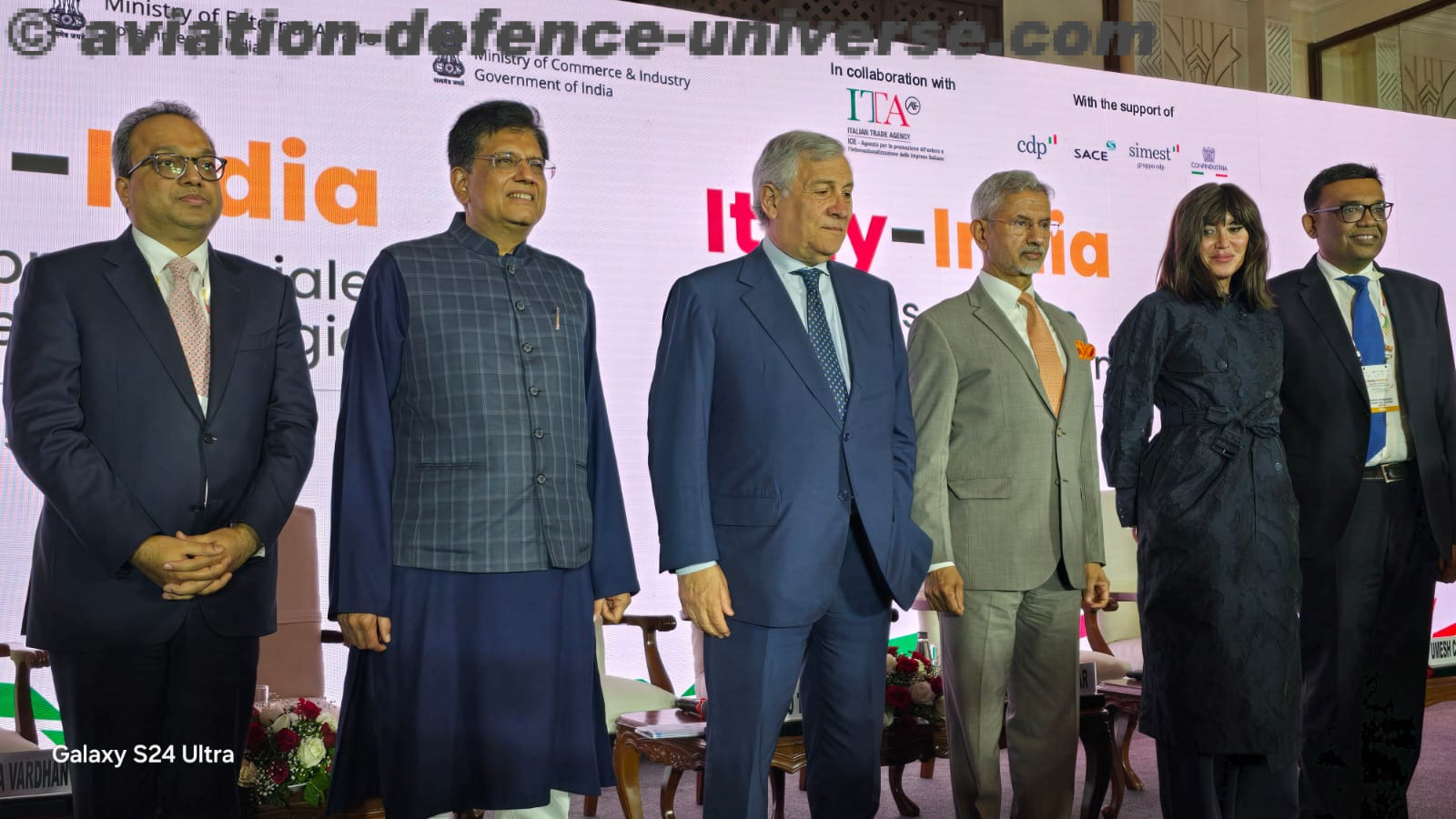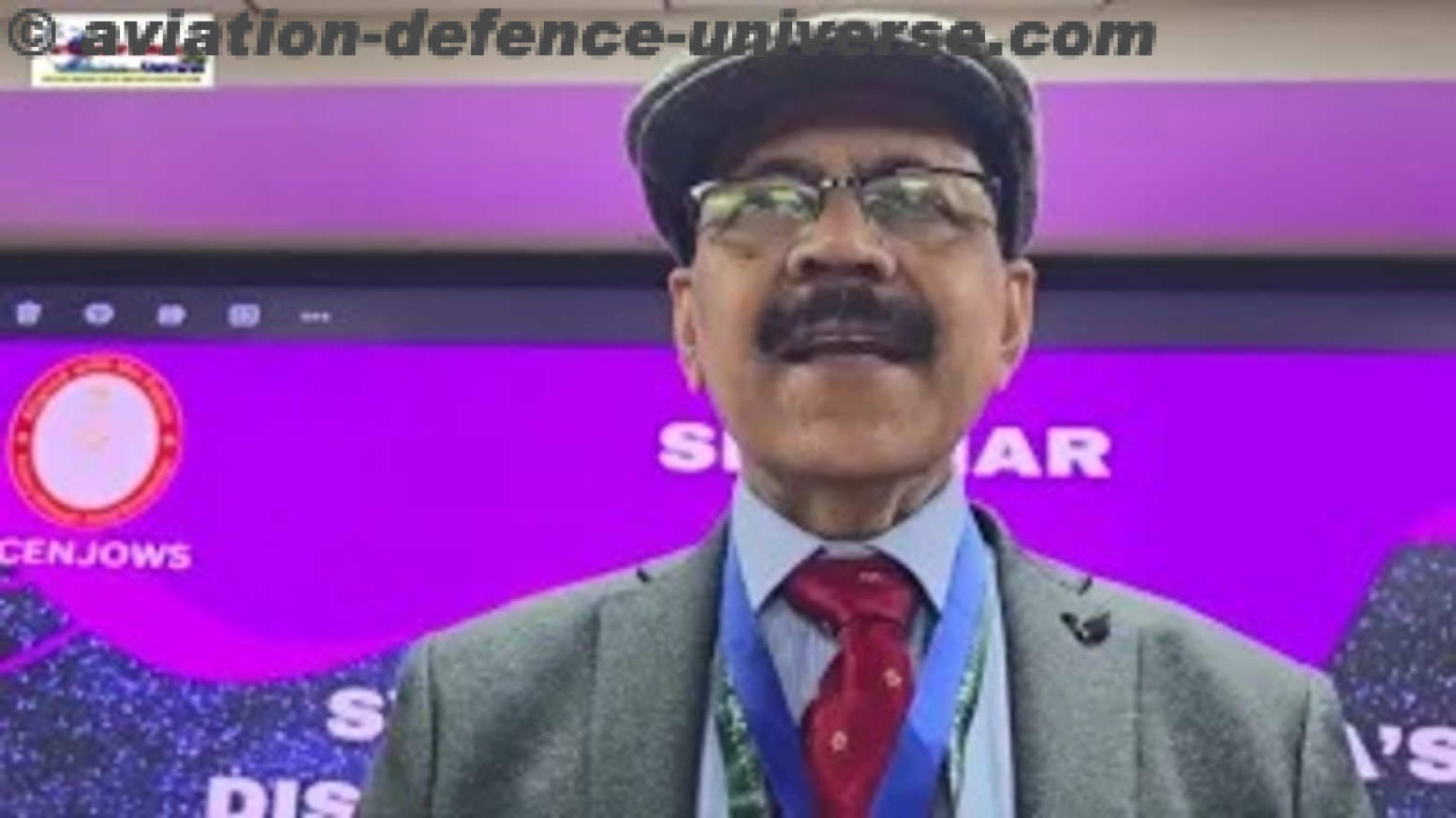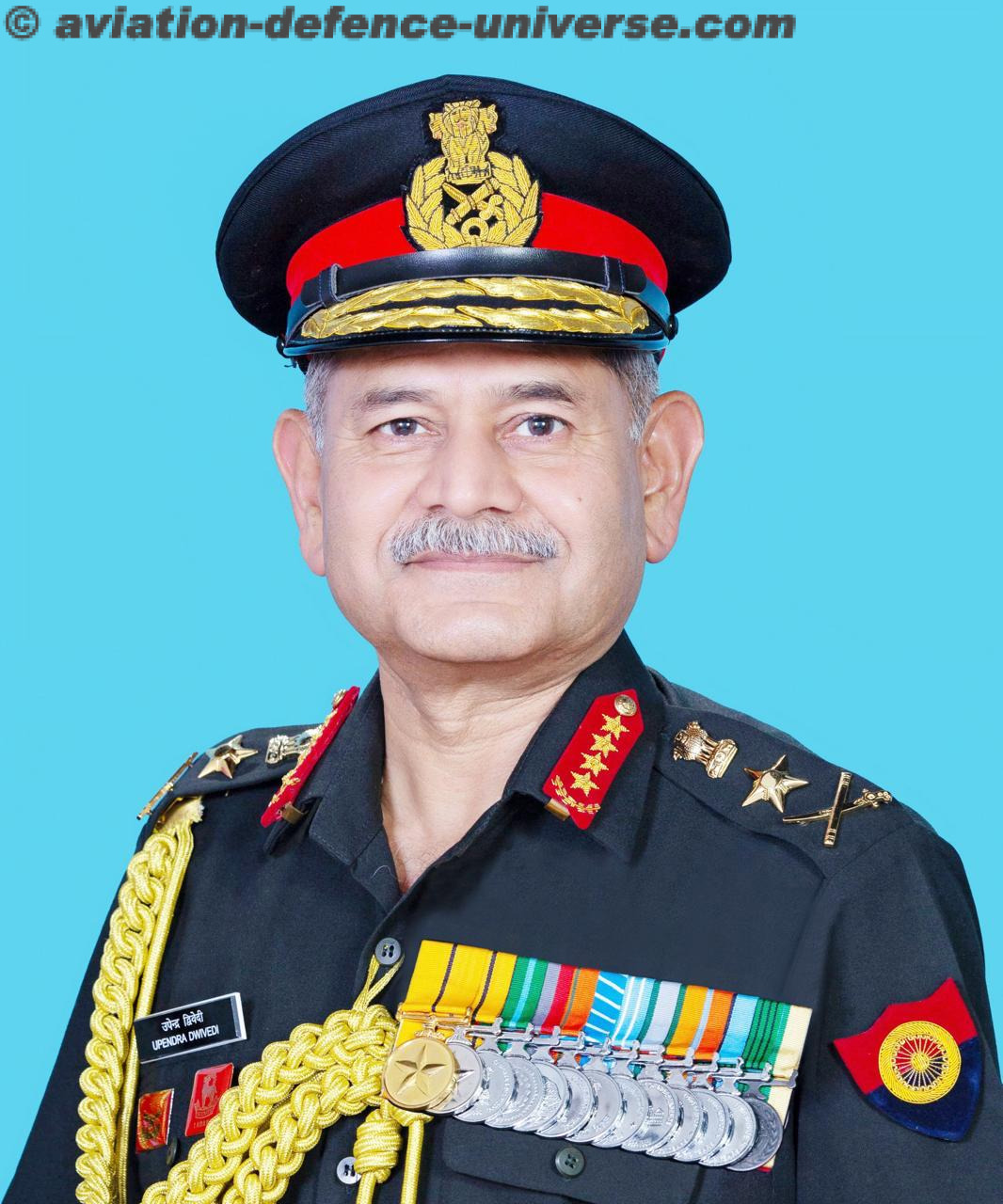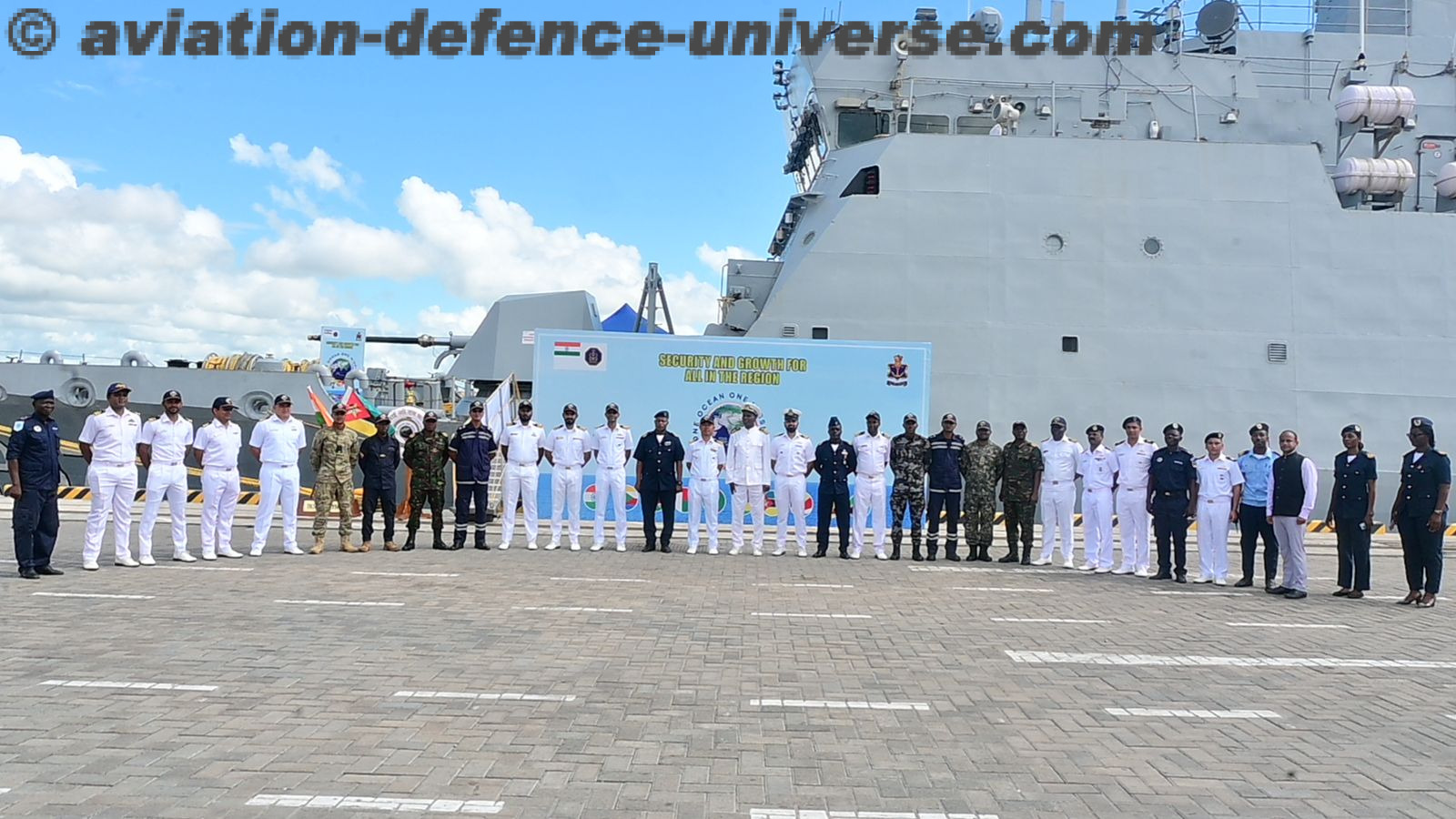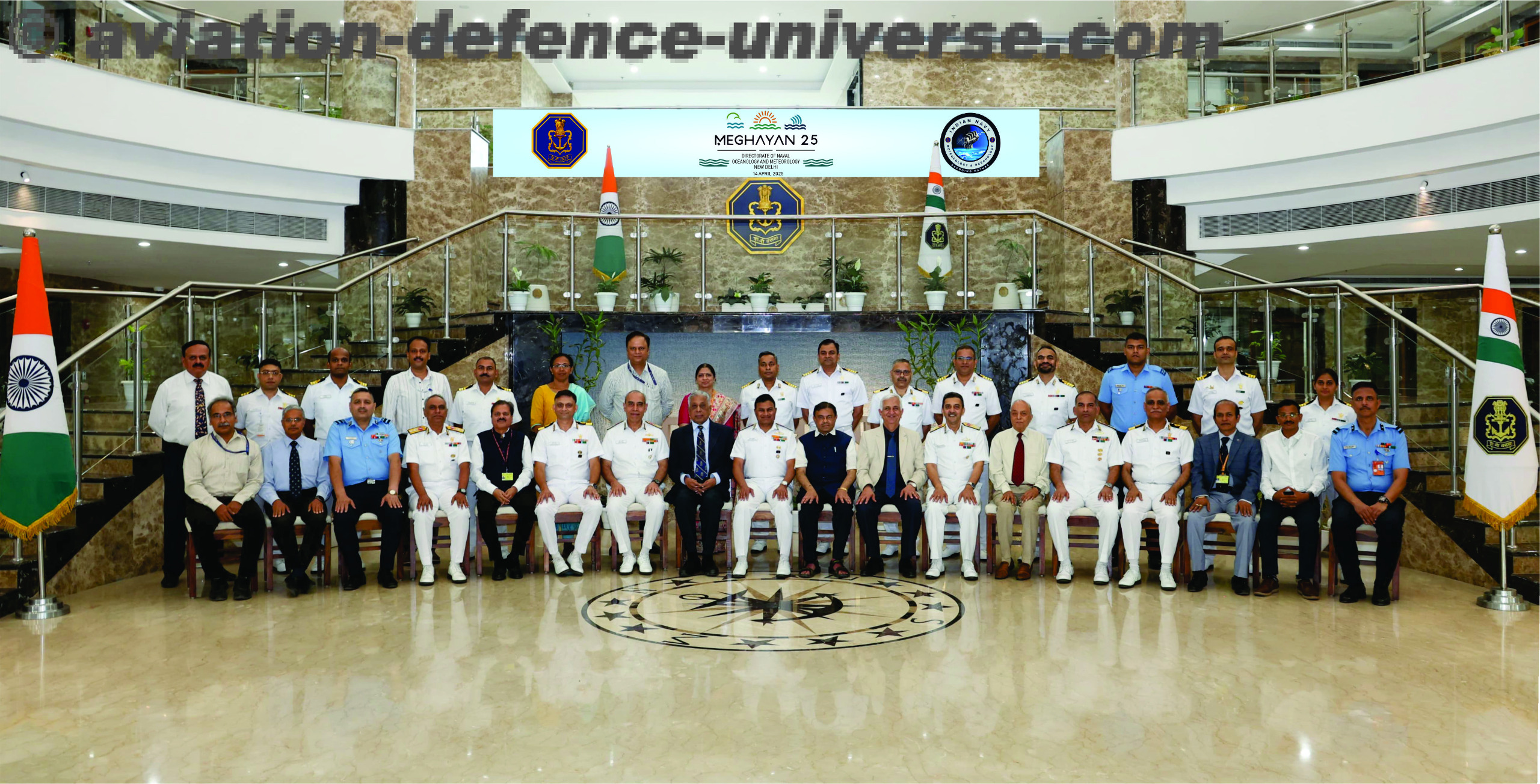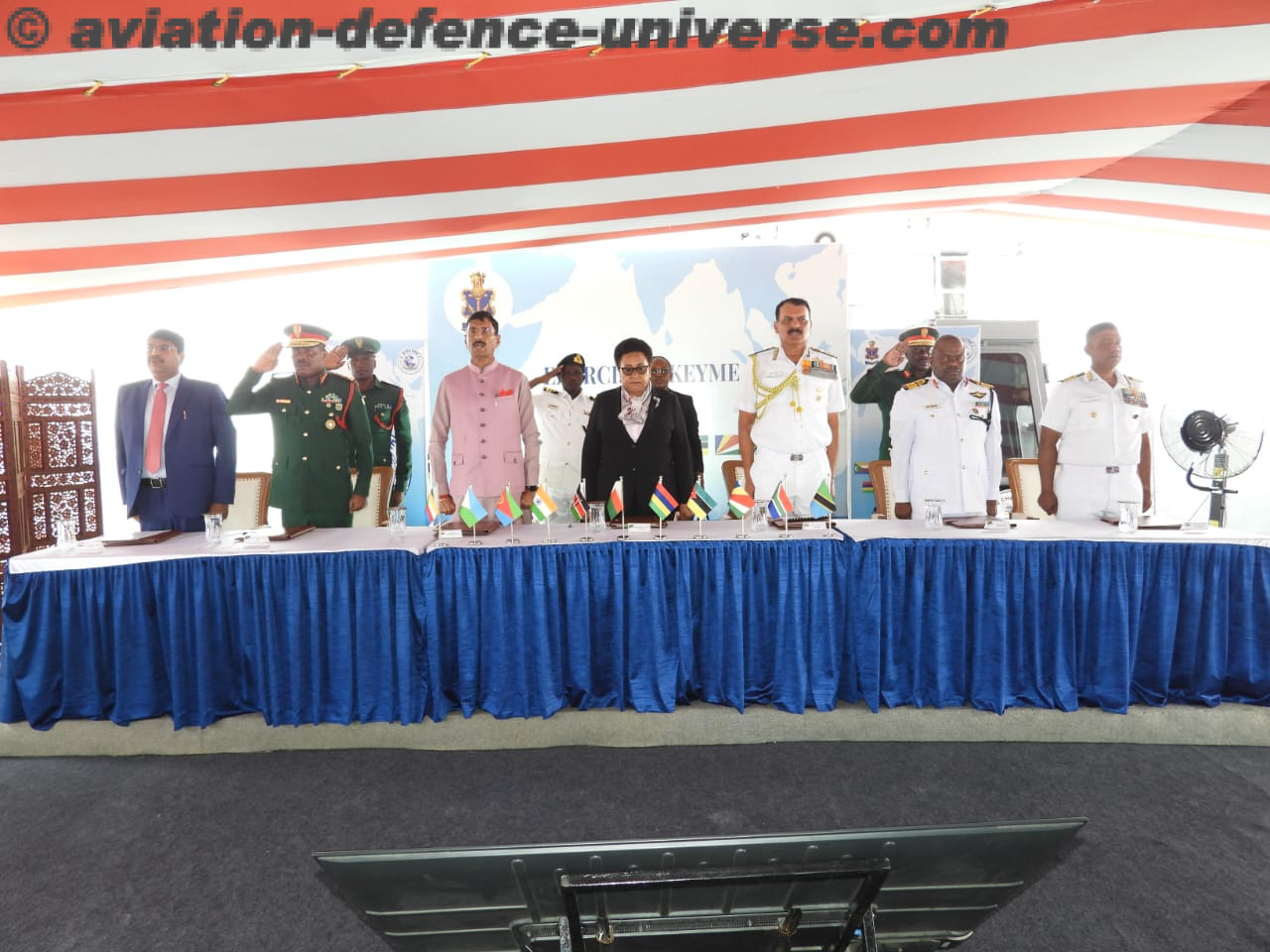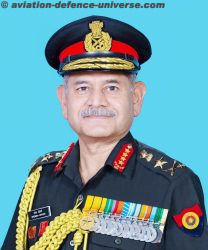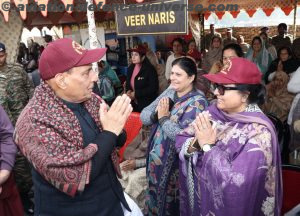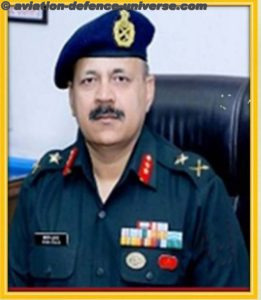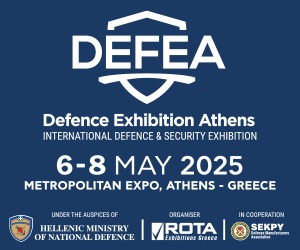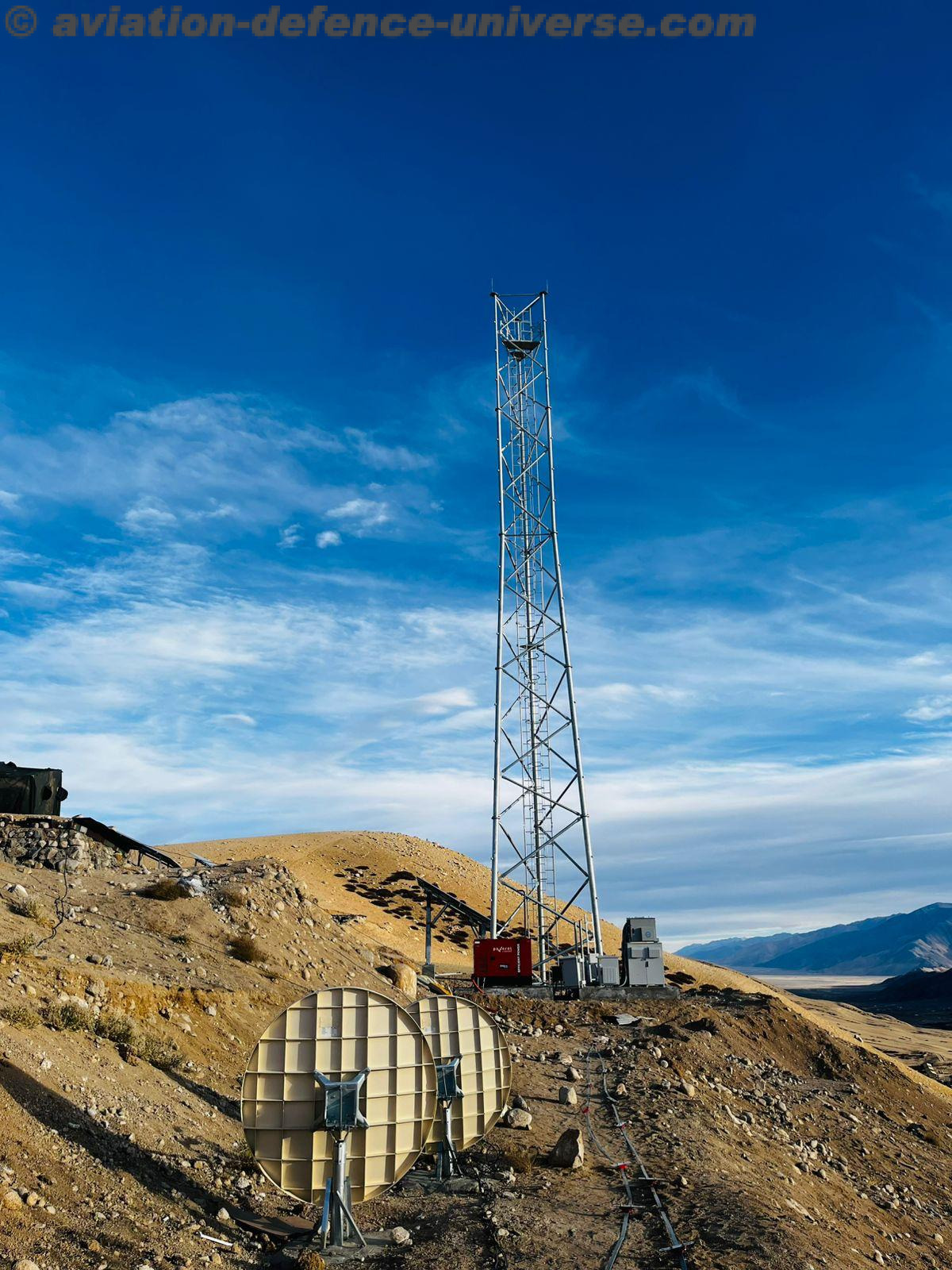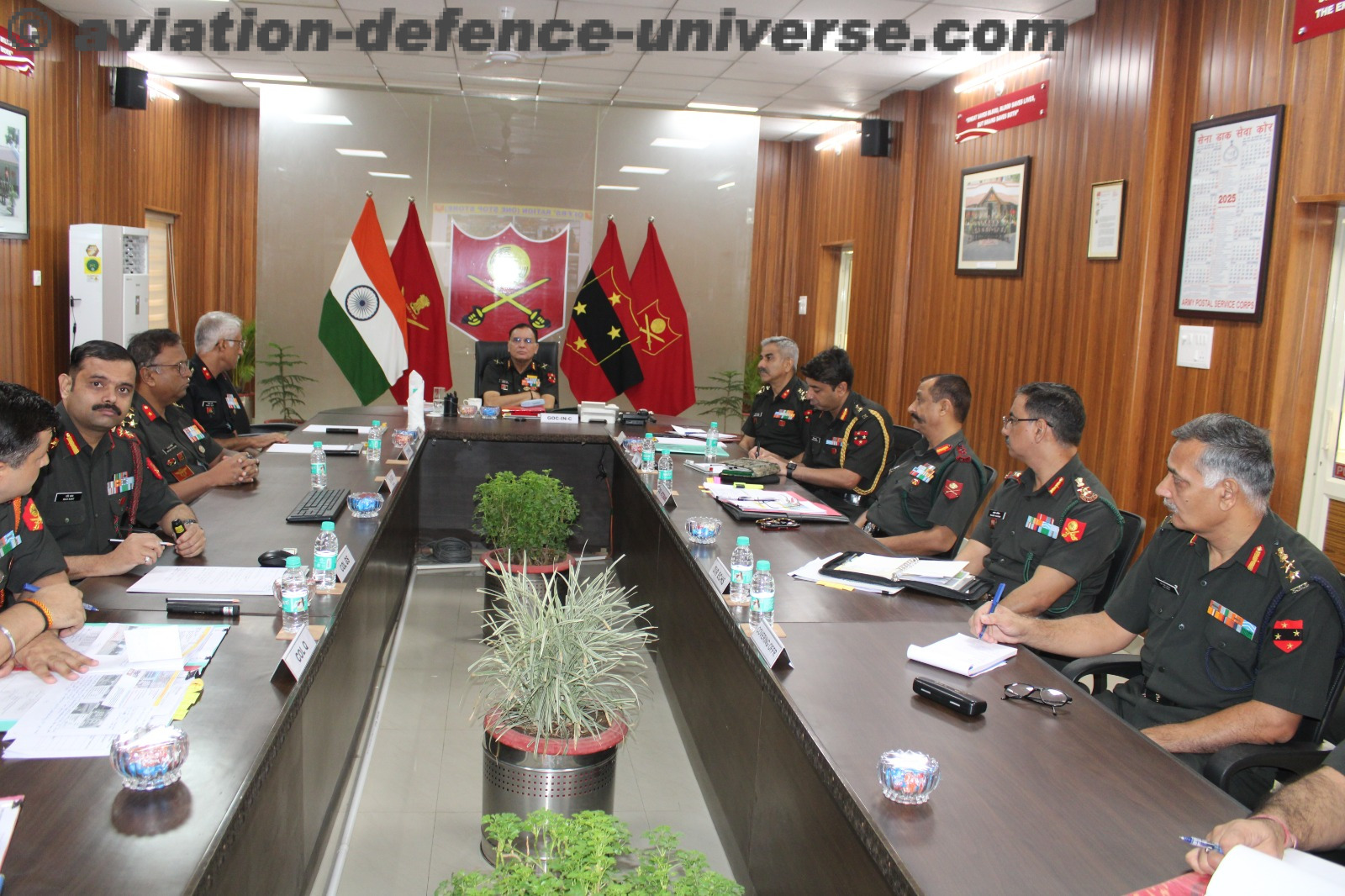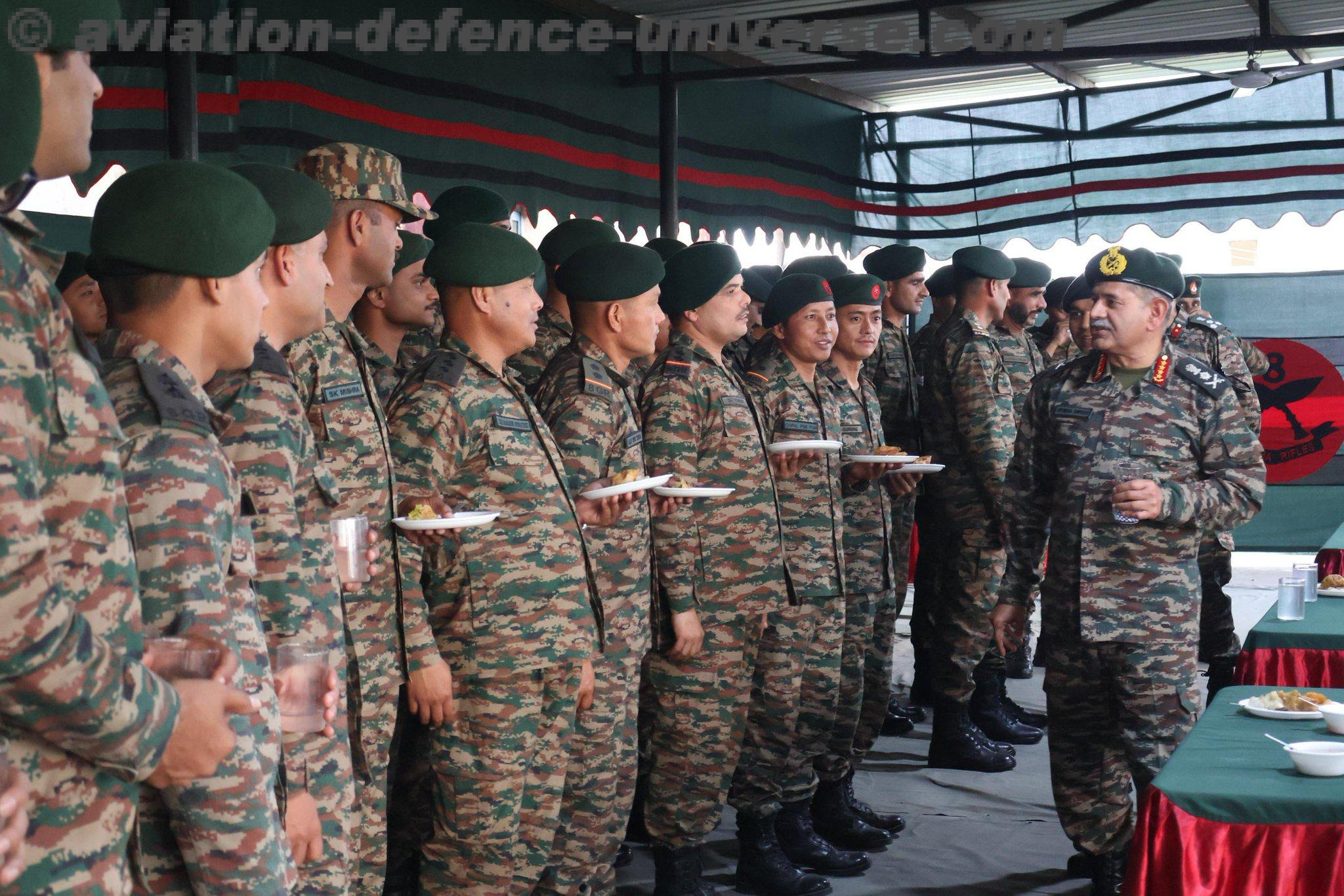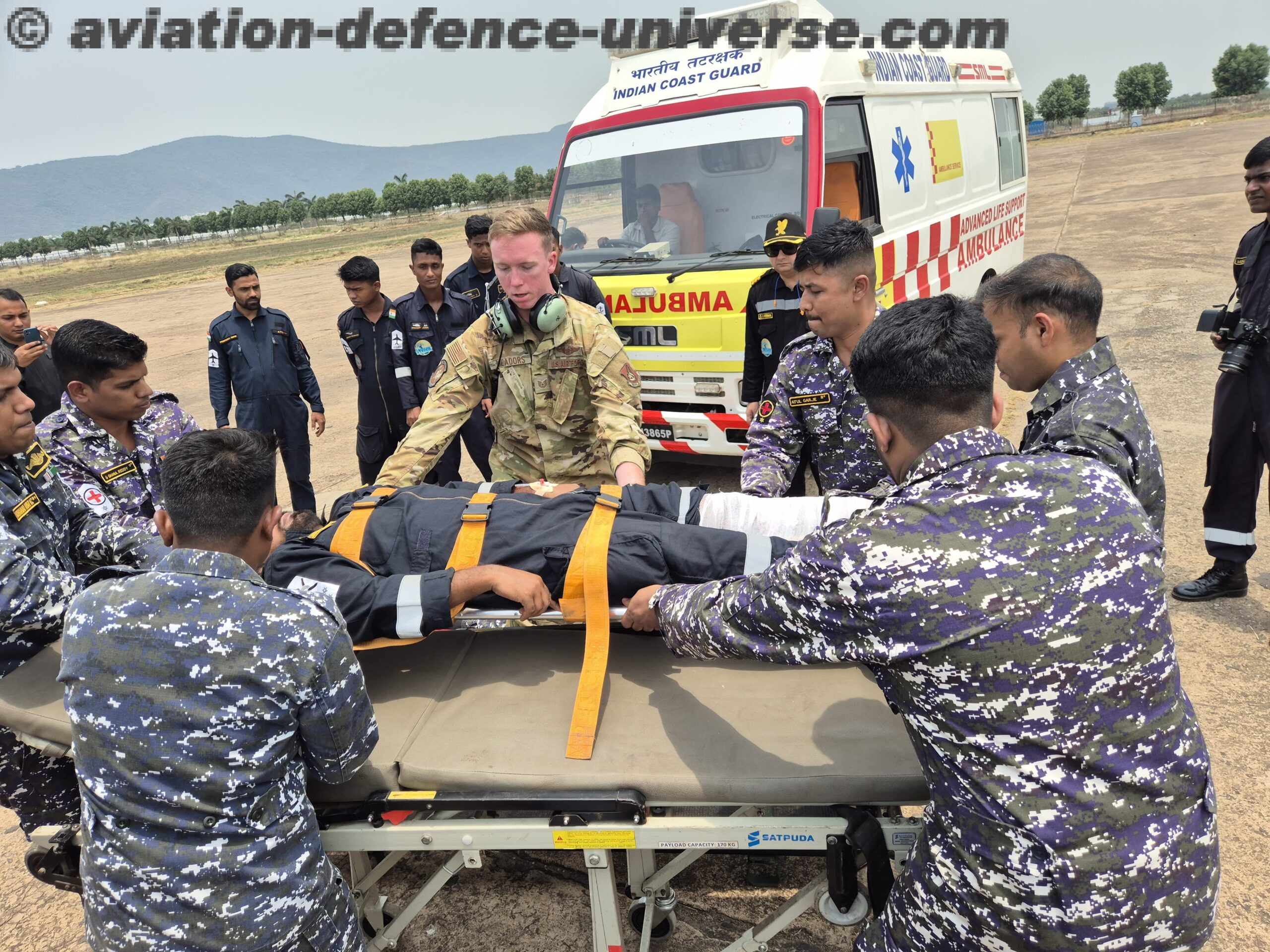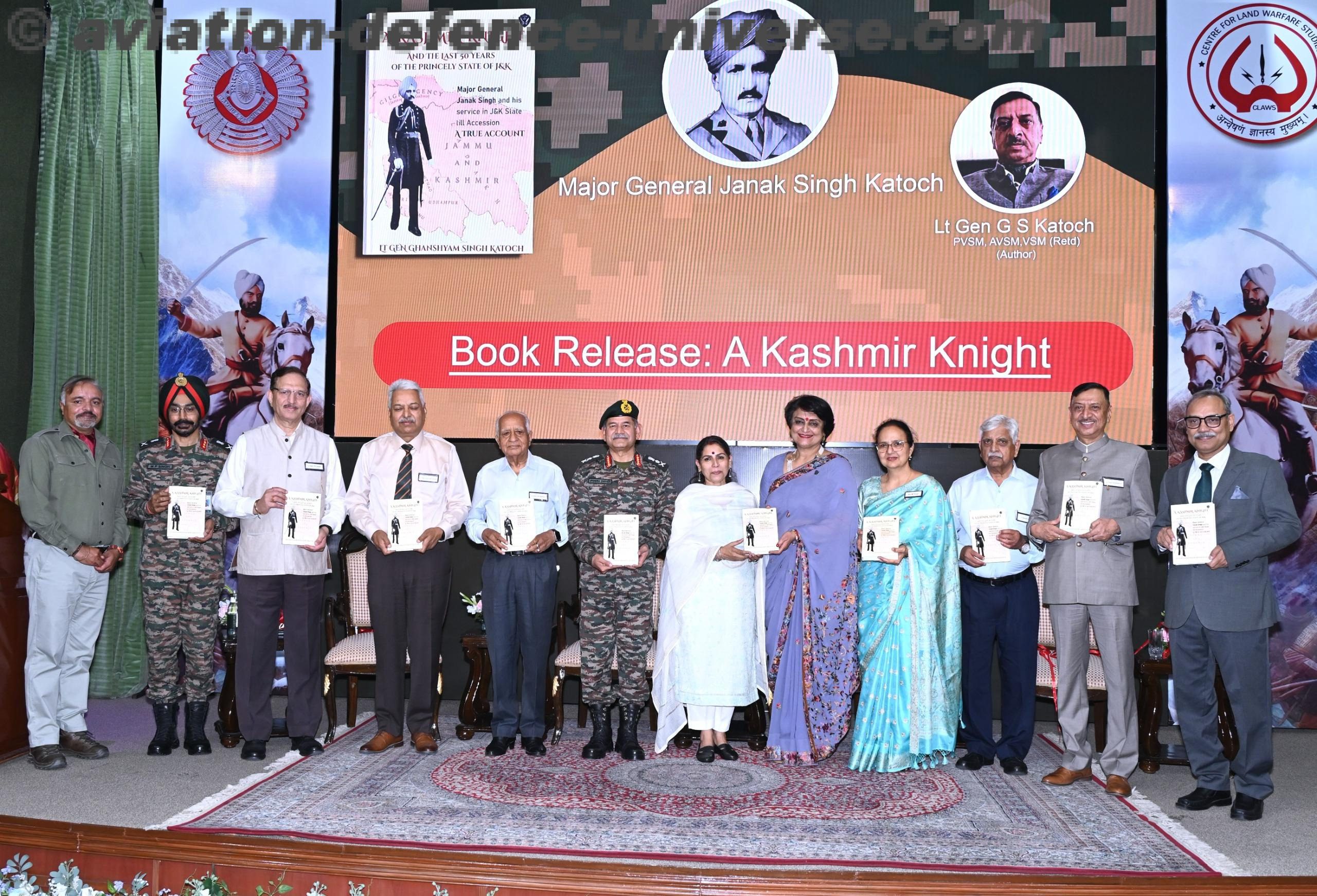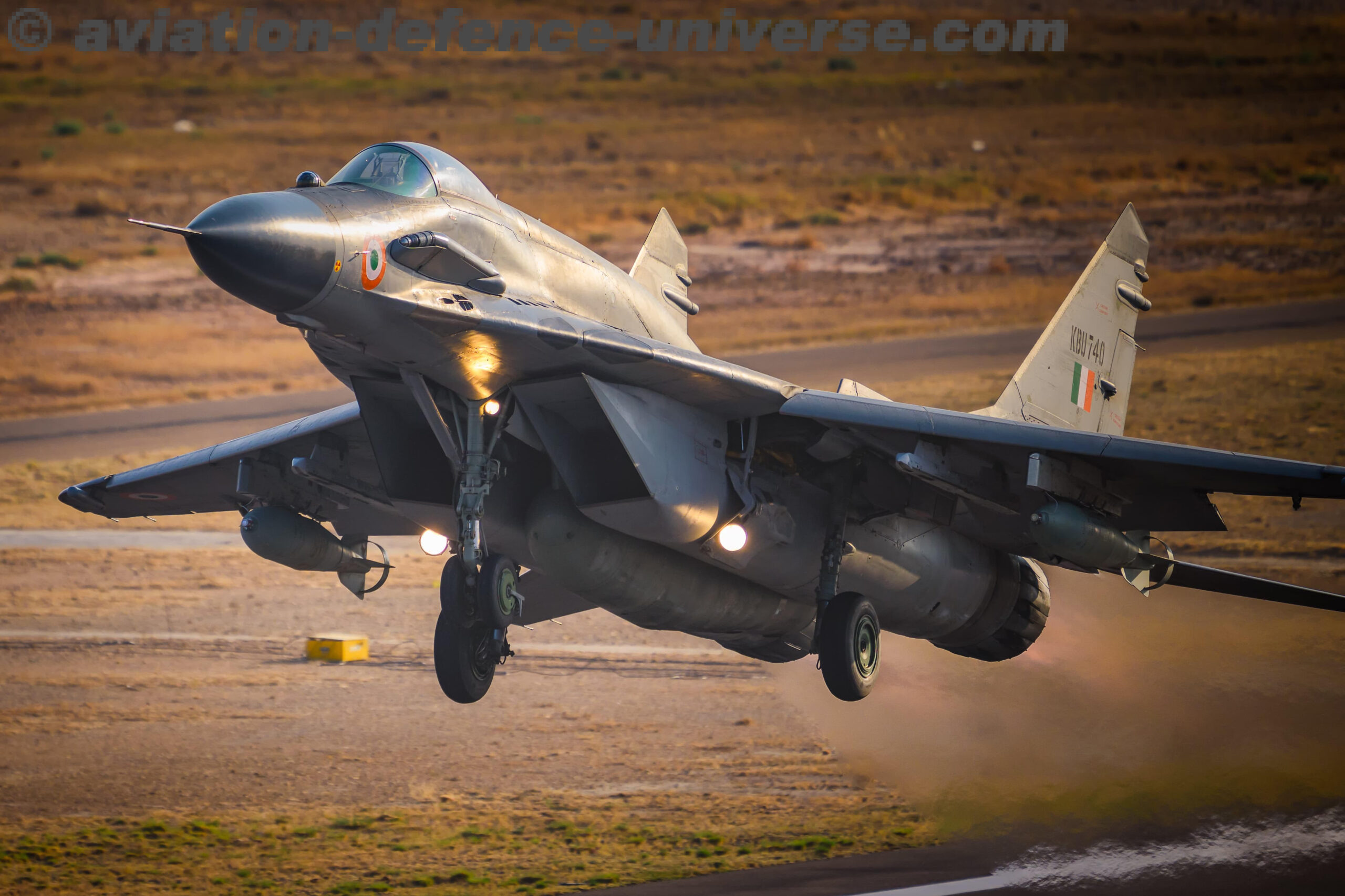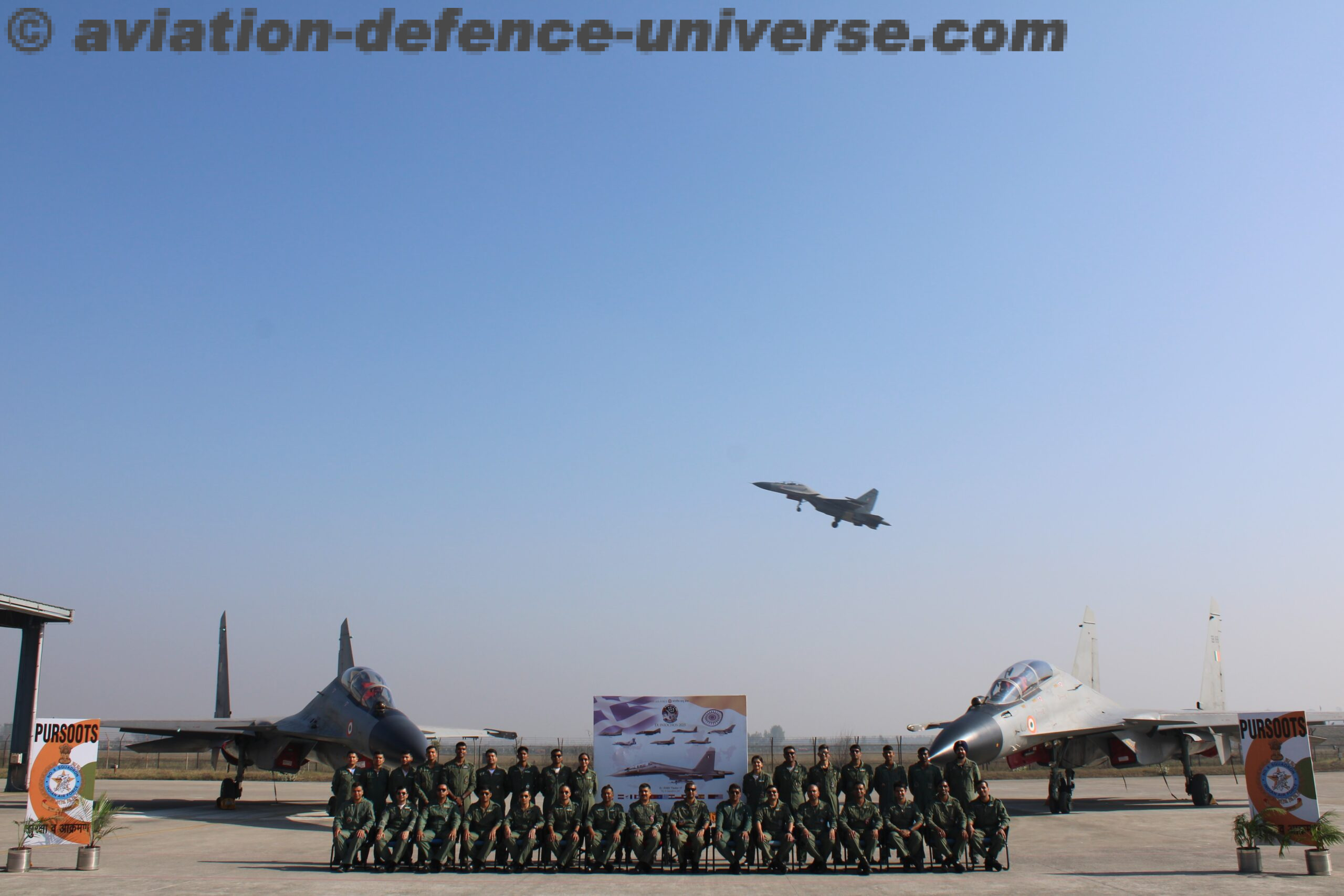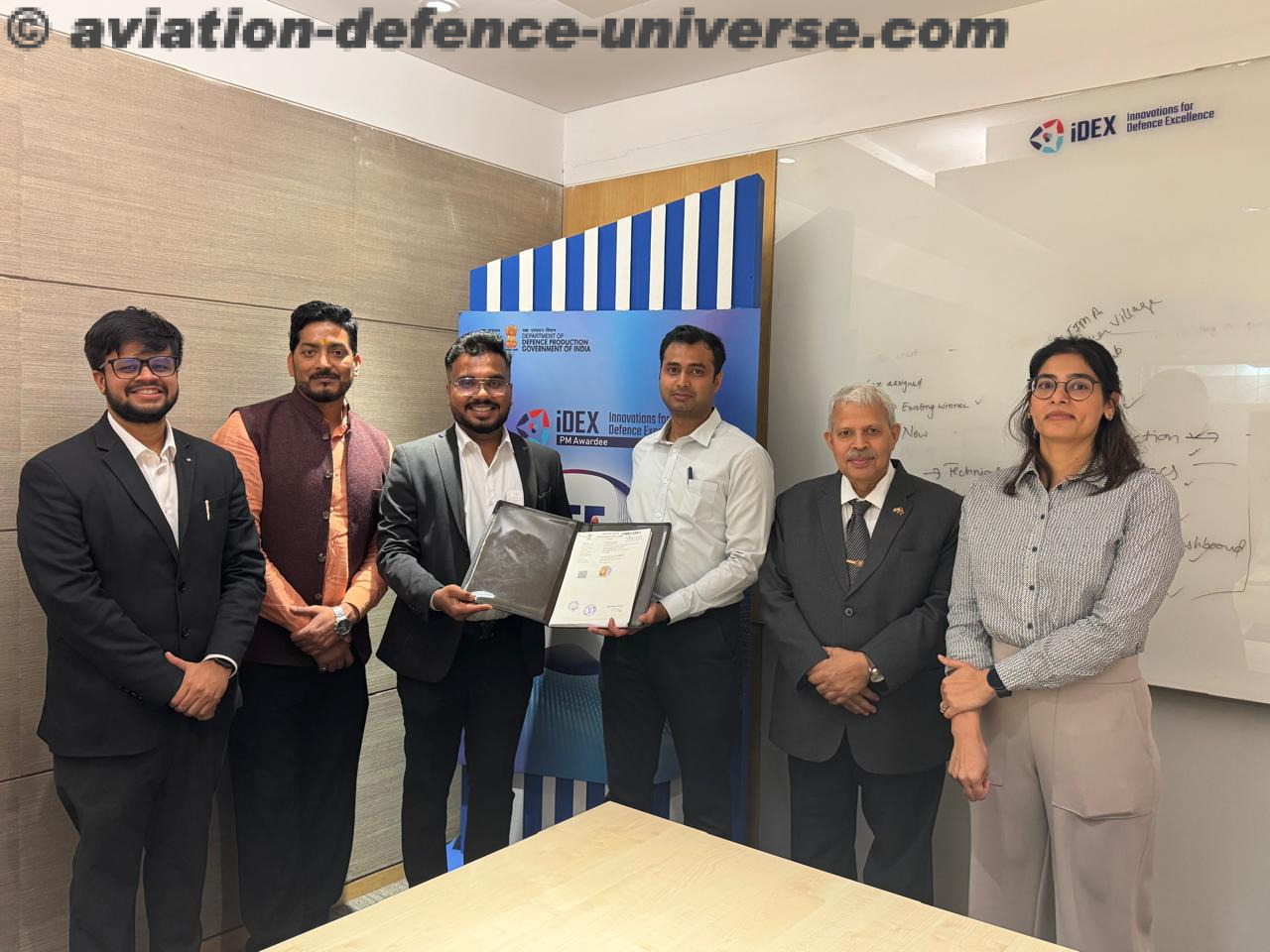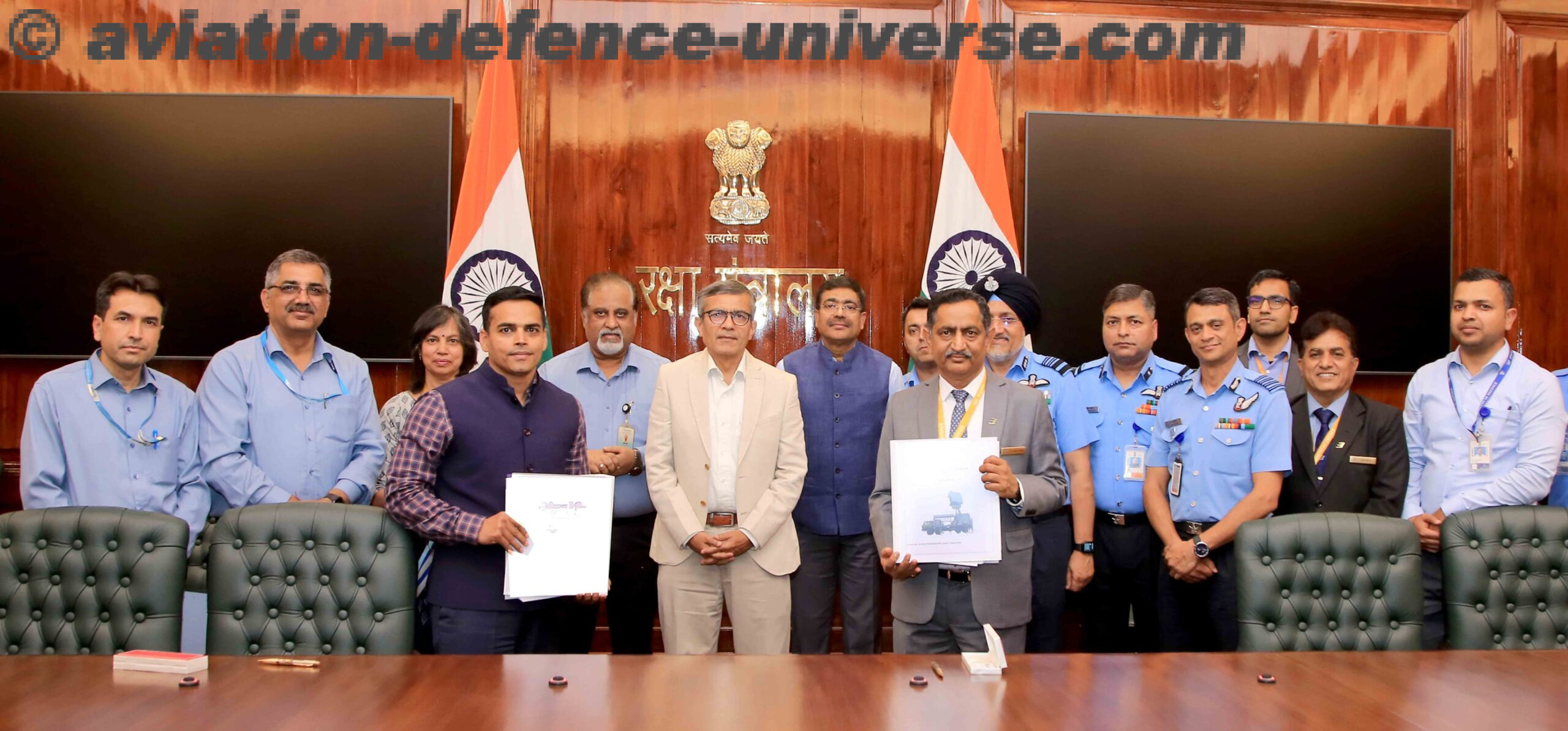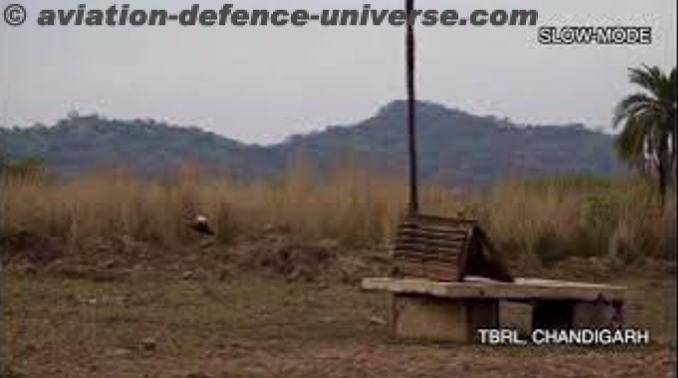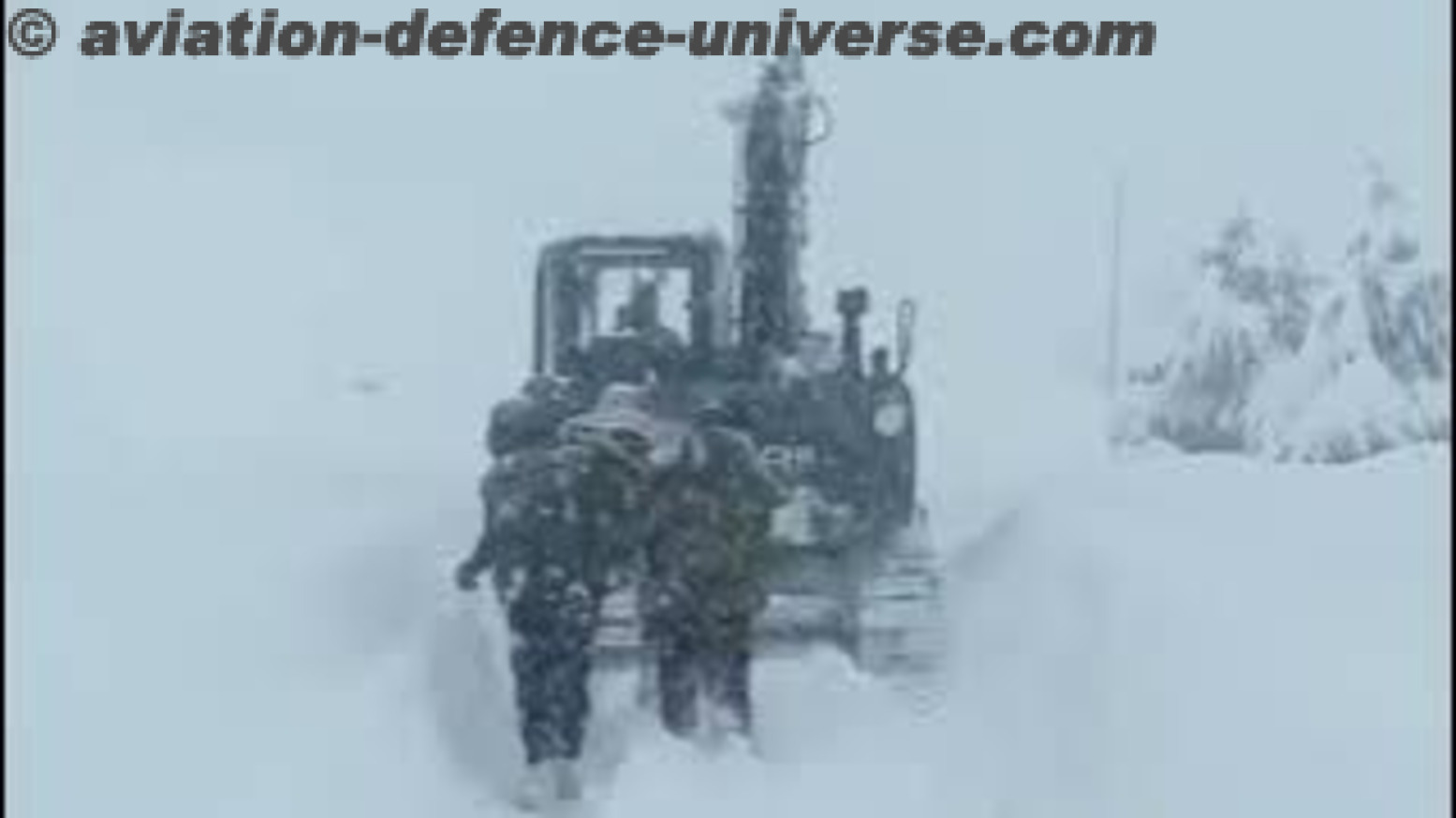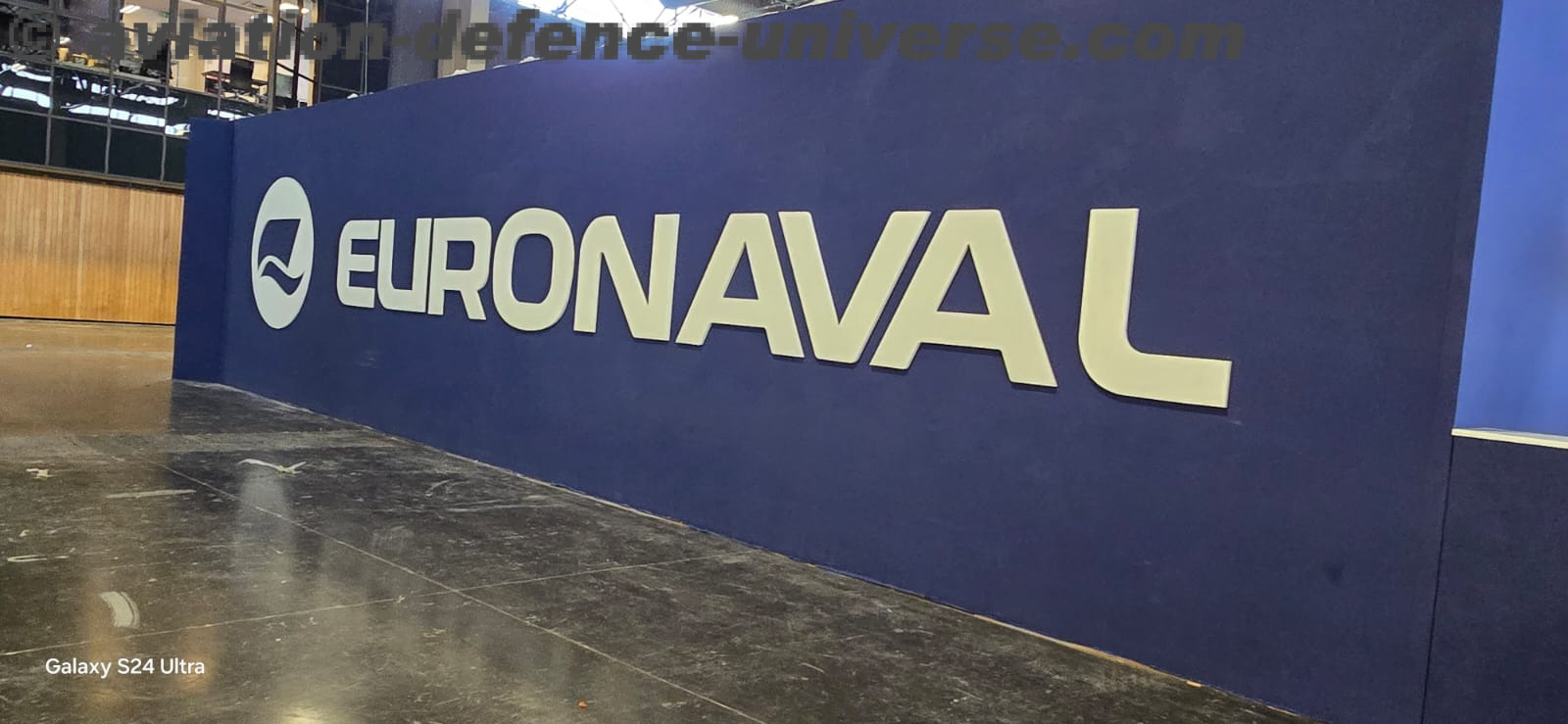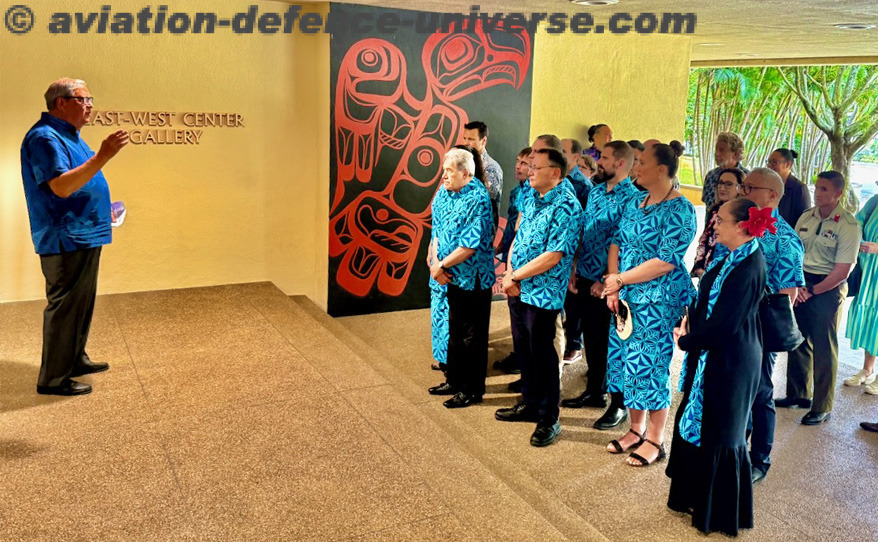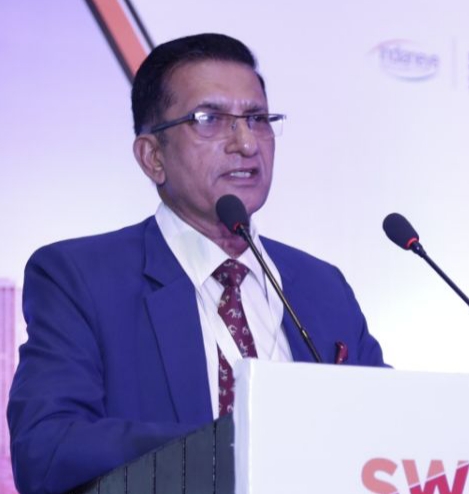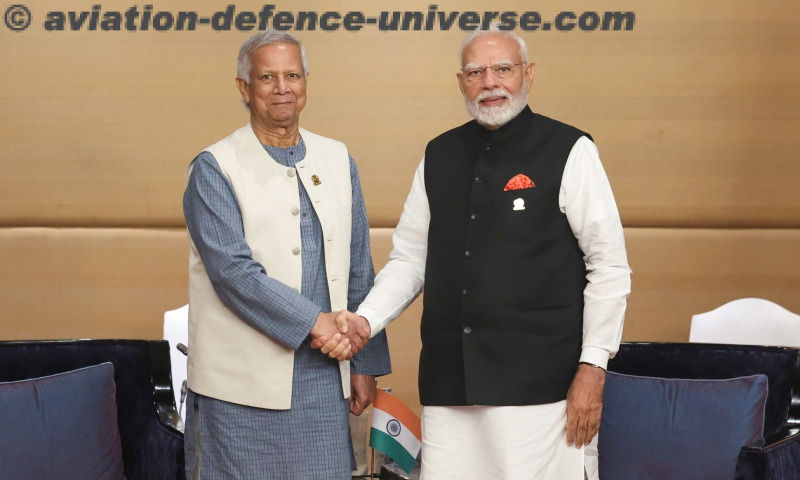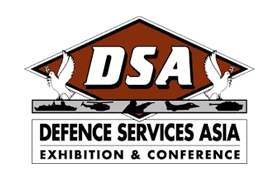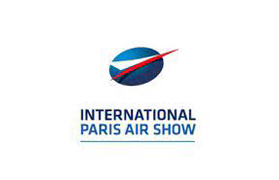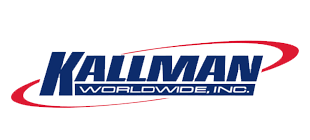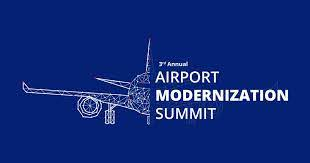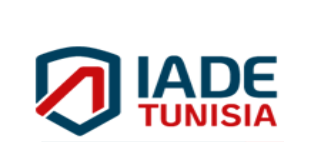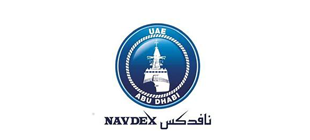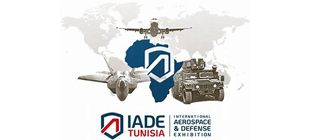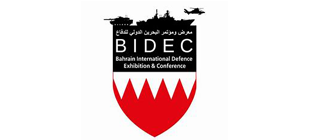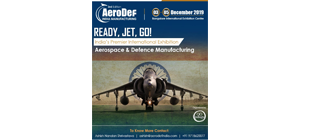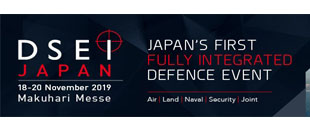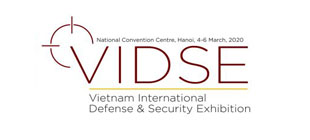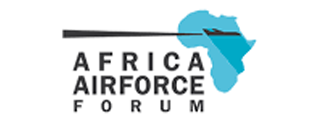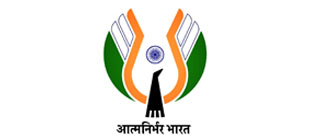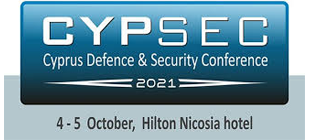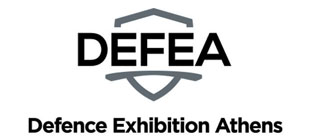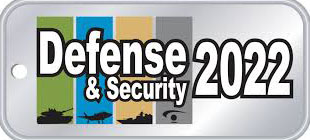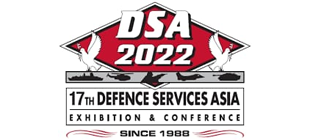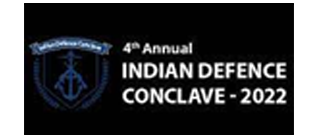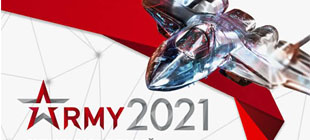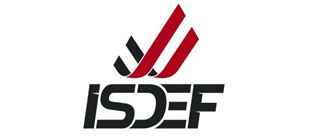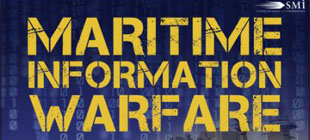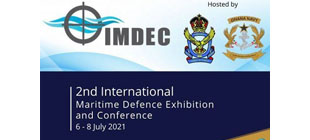- Aging Cheetahs, Crashing ALHs
- Obsolescence and Safety Woes
By Lt General Balli Pawar (Retd.)
 New Delhi. 15 January 2025. In the 38 years since its inception the Army Aviation Corps today faces major challenges and roadblocks in its growth and modernisation journey. The non-replacement of its accident prone, aging and obsolete Chetak/Cheetah fleet continues to be the biggest challenge and bottleneck the Corps faces in its modernisation drive. More than two decades of concerted efforts to acquire a suitable state of art helicopter for replacement has not yielded any results. The Cheetah/Chetak fleet has already reached the end of their Total Technical Life and this issue has been red flagged by the armed forces on numerous occasions in view of the critical operational void but to no avail. To further add to the modernisation and operational woes the indigenously developed Advanced Light Helicopter (ALH) also called the Dhruv, has come under the scanner with a spate of fatal accidents, especially in the last two to three years.
New Delhi. 15 January 2025. In the 38 years since its inception the Army Aviation Corps today faces major challenges and roadblocks in its growth and modernisation journey. The non-replacement of its accident prone, aging and obsolete Chetak/Cheetah fleet continues to be the biggest challenge and bottleneck the Corps faces in its modernisation drive. More than two decades of concerted efforts to acquire a suitable state of art helicopter for replacement has not yielded any results. The Cheetah/Chetak fleet has already reached the end of their Total Technical Life and this issue has been red flagged by the armed forces on numerous occasions in view of the critical operational void but to no avail. To further add to the modernisation and operational woes the indigenously developed Advanced Light Helicopter (ALH) also called the Dhruv, has come under the scanner with a spate of fatal accidents, especially in the last two to three years.
As per records available, there have been 15 accidents in the last 5 years, most of them fatal with the latest one occurring on 5 Jan this year – inquiries conducted have revealed that majority of these ALH crashes are related to technical and metallurgy flaws which is not only alarming but a great cause of concern on the safety of operations of the ALH fleet. This has also resulted in frequent grounding of the entire fleet of these helicopters seriously impacting operational preparedness and readiness. This is not only worrisome but an alarming situation for Army Aviation Corps which not only operates the largest fleet of both Cheetah/Chetaks and ALH bit also plays a significant role in day to day operations on the Siachen Glacier and along the Line of Actual Control/ Line of Control. In addition the six Apache attack helicopters which were to inducted into Army Aviation last year, after several earlier delays are still nowhere on the scene. The only bright spots in this entire growth and modernisation journey are the induction of the HAL developed Light Combat Helicopter (LCH) and the planned induction of the most lethal and state of art MQ-9 Reaper UAVs into its inventory in the next few years. However, helicopters form the core of the Army Aviation’s employment philosophy and operations which is an area of serious concern in the present context.
Cheetah/Chetak Replacement: The Cheetah/Chetak helicopters form the bulk of overall fleet of military helicopters in India, with an inventory of almost 400 plus helicopters – the Army Aviation alone operates approximately 200 helicopters. As brought out earlier all attempts at their replacement over the last two decades have yielded no results, despite the fact that their replacement has been a critical and urgent operational requirement. Under the present circumstances their replacement looks like a pipedream with no worthwhile options emerging, especially after the Indo-Russian joint project for 200 Ka-226T helicopters having virtually become redundant due to sanctions on Russia, affecting the availability of the French Turbomeca Engines which were used for the trials – the Army was to get 134 helicopters towards its replacement plan. The latest reports suggest that Russia has developed a more powerful engine for the Ka-226T which would be able to meet the requirements of high altitude operations in the Indian context. There is an urgent need and operational necessity to look at this option for replacement once again keeping the dire situation in mind.
The other Cheetah/Chetak replacement project is the HAL’s indigenously developed Light Utility Helicopter (LUH). The LUH is a single engine, state of art, modern day helicopter in the 3 Ton class. However the LUH is facing some technical and design issues and will only be cleared by the armed forces, after these are comprehensively addressed by HAL to avoid a repeat of what is happening with the ALH fleet – the production can only commence after that. The plan is to manufacture 184 LUH with Army to get 123 and Air force 61 helicopters. The HAL needs to address these issues on priority so that the LUH can go into production by next year. Even if the HAL manages to produce 20 LUHs per year, it will only partially address the requirements of the Army Aviation. This means that Chetaks and Cheetahs will continue to operate with the Corps for the next 8-10 years, well beyond the end of their Technical Life, a nightmarish prospect in itself, critically affecting the Army’s operational capability. The HAL manufactured Cheetal helicopter, basically an upgraded version of the Cheetah with a more powerful engine being inducted into the Army is just a stop gap measure or a band aid in simple terms and does not mitigate the crises situation – only 30 are to be inducted. It is this dire state that had led the Army Aviation Corps to issue an RFI for the lease of 20 Reconnaissance & Surveillance helicopters with Ground Support Equipment for a period of 5 years in 2023 – however there has been no progress on the proposal so far.
ALH/Rudra: The biggest setback in this modernisation drive has been the spate of accidents involving the ALH and its armed version the Rudra in the last one year, with the Coast Guard being the worst hit – preliminary investigations have identified the root cause related to certain flaws in a specific area of its design and metallurgy. These accidents have resulted in frequent groundings of the entire ALH/Rudra fleet and imposition of certain restrictions on its flying hours in terms of mandatory and stringent checks to be carried out by HAL periodically, till the design issues are addressed. In 2023 a committee was set up by the Bangalore based Centre for Military Airworthiness and Certification (CEMILAC), which included representatives from HAL, National Aerospace Laboratory and the Aeronautical Development Agency to identify issues plaguing the ALH. The committee came up with some findings, the most critical being the poor quality of booster control rods which were prone to failure thereby causing the accidents. The HAL accordingly started replacing this component in the ALHs from 2024 but unfortunately accidents continue to occur casting serious doubts on the safety of the ALH itself. While all three Services and Coast Guard combined operate approximately 350 plus ALH’s including the armed version, the Army Aviation alone has in its inventory almost half of the above helicopters. These helicopters along with the Cheetah are critical to operations on our Northern Borders and Siachen, especially in context of the current standoff with China – their limited availability will certainly impact the operational capability of the Army. There is an urgent need for the CEMILAC and HAL along with other stake holders to carry out a thorough and comprehensive investigation, get to the bottom of the problem and rectify the issues dogging the ALH fleet on a war footing – only then will the confidence in this machine be restored in the operators.
LCH/Apache: Despite the above grim situation there have also been some forward movement in the Corps thrust towards modernisation. The induction of the LCH into its fold and the likely delivery of the six Apache attack helicopters from Boeing Aerospace Ltd in the next two to three years will not only give a fillip to the modernisation thrust of the Corps but enhance its combat potential manifold. Five LCH have already been inducted into the Corps and the first LCH attack helicopter unit already raised and deployed operationally. As per reports 90 more LCHs are likely to be inducted into Army Aviation in the coming years making it a formidable force. However, the LCH having the same basic design features like the ALH will also have to adhere to the same restricted flying conditions. While the combat potential has greatly enhanced with the induction of above platforms and will continue to grow, there is need to highlight some capability gaps in the weaponisation of both the Rudra and LCH. The typical weapons package approved for both the Rudra and the LCH includes a Gatling gun, rockets, air to air missiles (French ‘MISTRAL’) and air to ground missiles (ATGM), along with a modern sighting system and integrated electronic warfare self protection suite. In its present configuration both the Rudra and LCH have not been integrated with a suitable ATGM, as the air version of Nag ATGM ’HELINA’, being developed by the Defence Research and Development Organisation (DRDO) is not yet fully ready. The trials carried out so far though a relative success, the system is yet to meet the requirements of the Army. The non-availability of a suitable airborne ATGM not only greatly impacts the operational capability of the Rudra but also the LCH which is currently in the process of being inducted into the forces. The ATGM is the main weapon system of an armed/attack helicopter and without it the helicopter merely remains a gunship, inhibiting exploitation of its full potential. This is an area of grave concern and needs to be addressed on priority by all stake holders concerned.
UAVs: Another path breaking development has been the takeover of the command and control of UAVs by the Army Aviation in August 2021. Currently the Corps operates about 30 plus Herons and Searcher Mk II UAVs and hopefully should be looking at the induction of 8 to10 MQ-9B Predator drones in the foreseeable future. As per reports the upgrade of Herons with advanced features and arming capability is currently an ongoing exercise. This is an asset which will no doubt play a very critical role in future conflicts as can be seen in the Ukraine war.
The Army Aviation Corps no doubt has made some major strides in its growth and modernisation thrust specially in the areas of tactical lift and combat capability. The induction of the ALH and Rudra and more recently the LCH has given the Corps the capability to play a very significant role in any future conflict. However the troubling safety record of the ALH as brought out earlier calls for an urgent and comprehensive investigation with independent experts in a committee led by CEMILAC, to look at the issues plaguing these helicopters. Frequent grounding of the fleet is adversely impacting operational preparedness and capability, of not only the Army but the armed forces itself. The biggest challenge remains the replacement of the Cheetah/Chetak fleet seriously affecting the Reconnaissance and Surveillance capabilities. This is a critical operational void which has serious security implications and becomes all the more discerning due to the ongoing military confrontation with China in Eastern Ladakh, which is not likely to end anytime soon. The LUH seems currently to be the only hope on the horizon, but it is still a couple of years away provided it overcomes technical and design issues being faced. The numbers required for replacing the Cheetah/Chetak are large and HAL will need to ramp up its production capacity in order to replace the Cheetah/Chetak fleet in the shortest possible timeframe. However, in the present circumstances this is unlikely as HAL will need to direct a large part of its resources towards the design review and thereafter the modification on the entire ALH fleet. The leasing option which the Army was looking at, is indeed the most viable and feasible interim option under the given circumstances. In fact it would be most prudent and viable to reconsider the project of the joint Indo-Russian project for 200 Russian Ka-226T helicopters, keeping the gravity of the situation in mind.
(Lt Gen BS Pawar (Retd.) is a Delhi based defence analyst, former Head of the Army Aviation Corps and Commandant School of Artillery. The views in the article are solely the author’s. He can be contacted at editor.adu@gmail.com.)


